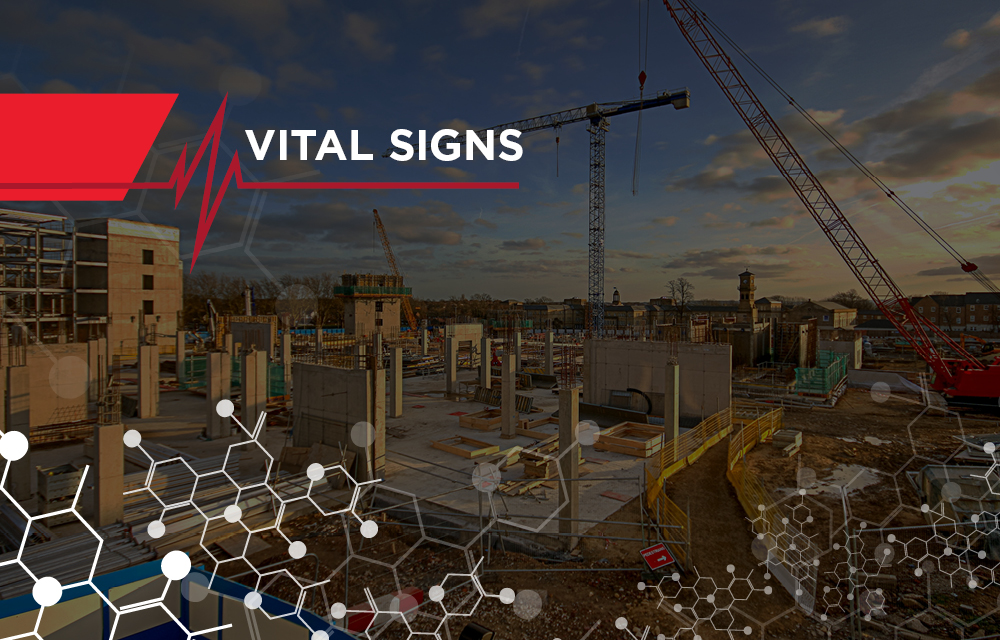In this current global economy with supply chain hurdles and inflationary pressures, planning a construction project can be challenging.
Supply chain constraints have reverberated across every industry and sector, with both residential and commercial projects experiencing increased costs, delays in materials and shortages in labor. These challenges are expected to continue, according to a recent Cushman & Wakefield survey of general contractors (GCs), who based their predictions on the past six months of operations: 98% indicated an increase in supplier costs and material lead times, and 75% indicated increased project execution timelines. Though GCs expected supplier costs and project execution timelines are projected to continue to increase, they were slightly more optimistic about the trajectory of material lead times.
Material Delays
Healthcare construction, which is particularly vulnerable to backlogs in materials, will continue to experience delays in the following supplies:
- Medical equipment
- Network and low-voltage systems
- HVAC equipment: AC units, air handlers, specialty equipment
- Electrical: light fixtures, electrical switch gear (ATS, UPS, generators)
- Doors, frames and hardware: solid core wood doors, electrified hardware
- Elevators
The pandemic has had several long-lasting impacts on healthcare construction projects and our approach to managing them:
- Project timelines have been impacted and remain so, as we experience and manage supply chain delays and labor shortages.
- Project management teams have re-imagined their planning approach to ensure that planning accommodates delays caused by material labor challenges.
- Through use of sound planning with clearly defined strategic goals, these changes allow for a more certain measure of true risk profile and a better prediction of a project’s cost and estimated time of delivery.



